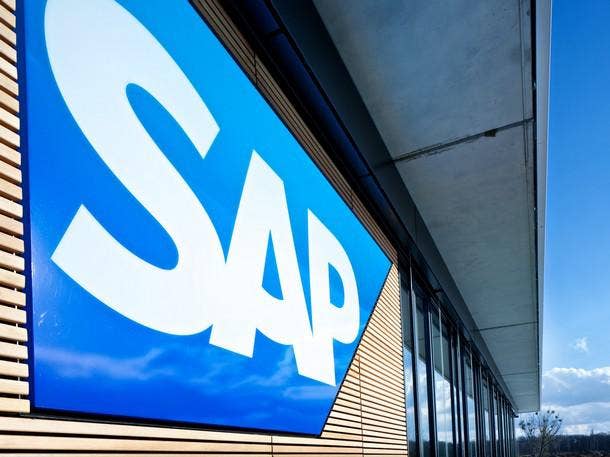Intel To Supercharge SAP Applications In New Multi-Year Partnership
'Being able to do that with SAP is huge because they're such a predominant leader in that space,' one Intel partner says of the chipmaker's multi-year deal to optimize SAP applications on the chipmaker's Xeon Scalable processors and Optane DC persistent memory.

Intel plans to supercharge SAP's suite of enterprise applications with its next-generation data center products as part of a new multi-year partnership.
The Santa Clara, Calif.-based company announced the deal on Thursday, saying it will allow the semiconductor giant to optimize Intel's data center components, including Intel Xeon Scalable processors and Intel Optane DC persistent memory, for SAP's applications. The two companies are also establishing a center of excellence where customers can evaluate and adopt solutions from SAP and Intel.
Intel declined to disclose terms of the deal but said its engineering engagement will begin in the fourth quarter.
Navin Shenoy, the head of Intel's Data Center Group, said the new partnership builds on more than a decade of collaboration between the two companies in "developing differentiated breakthrough technologies that make organizations run more efficiently."
"Broadening our technology collaboration with SAP means our mutual customers' will be able to achieve faster insights from the largest data challenges, delivering a competitive edge," he said in a statement.
The partnership will target SAP applications — which includes SAP HANA, SAP Concur, SAP Data Hub as well as the SAP Leonardo and SAP Business Suite sets of applications — across cloud, on-premises and hybrid environments running on Intel-based architecture. Accelerating customers' migration to SAP S/4HANA is another stated goal of the partnership.
Jason Kimrey, Intel's U.S. channel chief, recently told CRN in an interview that software optimization is one area where the chipmaker is trying to differentiate itself in the market as part of its data-centric platform strategy.
"I think the investments that we're making in that software ecosystem can never be underestimated, because those are real-world workloads that matter to customers and that at the end of the day are what really drive their business," he said.
With the Intel's launch of its second-generation Xeon Scalable processors and Optane DC persistent memory earlier this year, SAP has been an important technology partner for demonstrating how the new components can accelerate in-memory workloads like SAP HANA.
For instance, Intel has shown that Optane DC persistent memory can reduce the data recovery time of a six-terabyte SAP HANA instance from 50 minutes to four minutes, which is made possible by the persistent qualities of Optane memory that makes it more resilient to computer outages.
Intel said the denser memory qualities offered by Optane DC persistent memory will also enable SAP customers to process more data within the same server, allowing them to save money and enable new capabilities as they move workloads to SAP S/4HANA.
"Our expanded partnership with Intel will accelerate our customers’ move to SAP S/4HANA by allowing organizations to unlock the value of data assets with greater ease and operate with increased visibility, focus and agility," Irfan Kahn, president of platform and technologies at SAP, said in a statement.
An Intel spokesperson said the company has seen a “terrific early response” from customers.
“For example, Evonik, a global chemical company, is using the increased capacity offered by persistent memory to consolidate systems, reduce operating costs, and improve S/4HANA performance, the spokesperson said. “As we develop joint technologies, we expect similar performance gains, and lower [total cost of ownership] as a result of this strategic collaboration.”
Kent Tibbils, vice president of marketing at ASI, a Fremont, Calif.-based Intel distribution partner, said Intel has traditionally done a lot to ensure that software runs best on its hardware. He called Intel's work in validating and optimizing its components for various software workloads as a big differentiator.
"I think it's great that they are starting to talk a lot more about that," he said. "It's a great benefit and value that they bring to the channel and their server product line."
Tibbils said SAP, in particular, is a great company for Intel to partner with to demonstrate its software chops because of its widespread use in the enterprise.
"Being able to do that with SAP is huge because they're such a predominant leader in that space," he said.